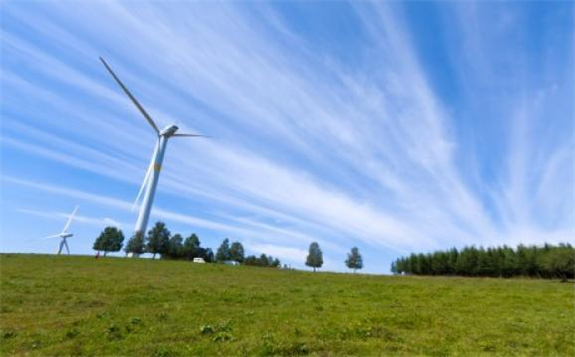Almost 1,500GW of technical offshore wind potential have been identified.

Annual offshore growth in Asia is expected to rise to 9GW a year in 2030 from 4GW, whilst around 5% of potential capacity is expected to be in place, according to Wood Mackenzie Asia Pacific vice chairman.
Almost 1,500GW of technical offshore wind potential, which offer enormous potential for Asia, have been identified mostly in China, Japan, Taiwan, South Korea, and Vietnam.
This acts as a ray of light in the challenging pathway of Asia to a low carbon future, with coal and gas dominating the markets and expensive technology needed for the region’s energy transition. However, only 0.4% of the total offshore wind potential is operational in these markets.
Thompson notes that as power markets slowly liberalize across Northeast Asia, there will be growing commercial demand for renewables as costs continue to decline and governments seek to attract investment.
However, he adds that much is still needed to be done. Costs still need to come down by half if offshore wind is to be competitive with fossil fuels and increasing competition from other renewables, such as onshore wind and solar PV. In addition, ambitious offshore wind targets will be tough to meet without sustained government support.
“Costs will continue to fall with technology and scaling—average global offshore wind generation cost will be halved by 2028—but without a clear route-to-market that requires policy and financial support from governments, developers will be hesitant to invest in offshore wind,” said Thompson.
On the other hand, China remains as Asia’s largest offshore wind market, with the strongest pipeline of future projects. A 38GW of new added offshore wind capacity is expected to come online in China by 2029.
However, the government plans to remove current subsidies by the end of 2021, slowing the rate of growth over the next five years whilst costs remain relatively high. Thompson notes that this will show a new record of offshore installations up to 5GW as developers race to complete projects before feed-in tariffs expire next year.
“Thereafter, the pace of growth is likely to slow as China offshore wind needs up to $32/MWh of subsidy to support new capacity additions from 2022 to 2025. Falling costs should see wind competing without subsidy by 2028,” he adds.
Meanwhile, future growth targets for the rest of Asia are said to be ambitious with the region, excluding China, aiming to add a further 54GW of wind by 2030. Some markets are taking the lead with Taiwan having approved 5.7GW of projects by 2025.
Furthermore, Thompson notes that opportunities for business to prosper through the growth of the offshore wind sector is not limited to capacity investments as supply chains are now experiencing huge growth.
Original equipment manufacturers (OEMs) are also pushing the boundaries of what offshore wind can deliver, whilst turbines are getting bigger and more efficient, driving output increases at lower unit costs. Mainstream offshore turbines that were 6-8MW a few years ago are now being replaced by next generation 10-12MW rated machines.
Thompson estimates the offshore turbine supply chain presents over $200b of opportunity in the next decade globally.